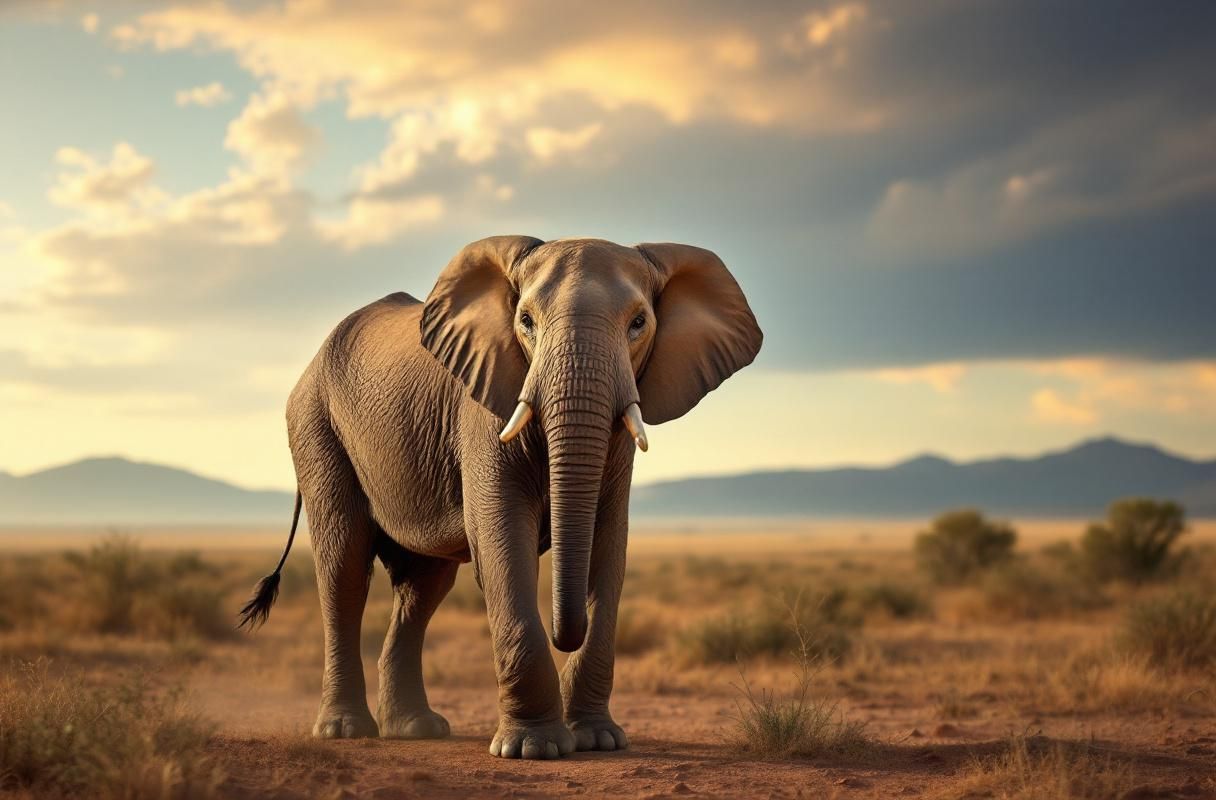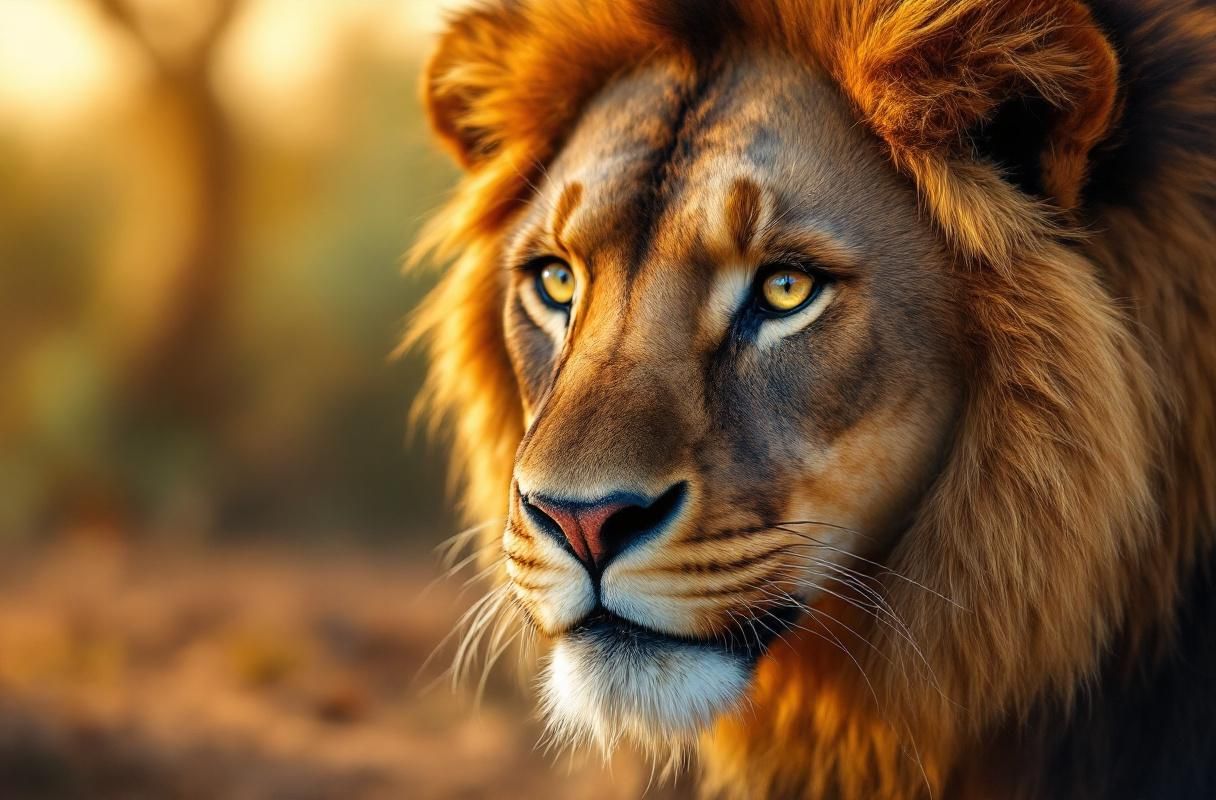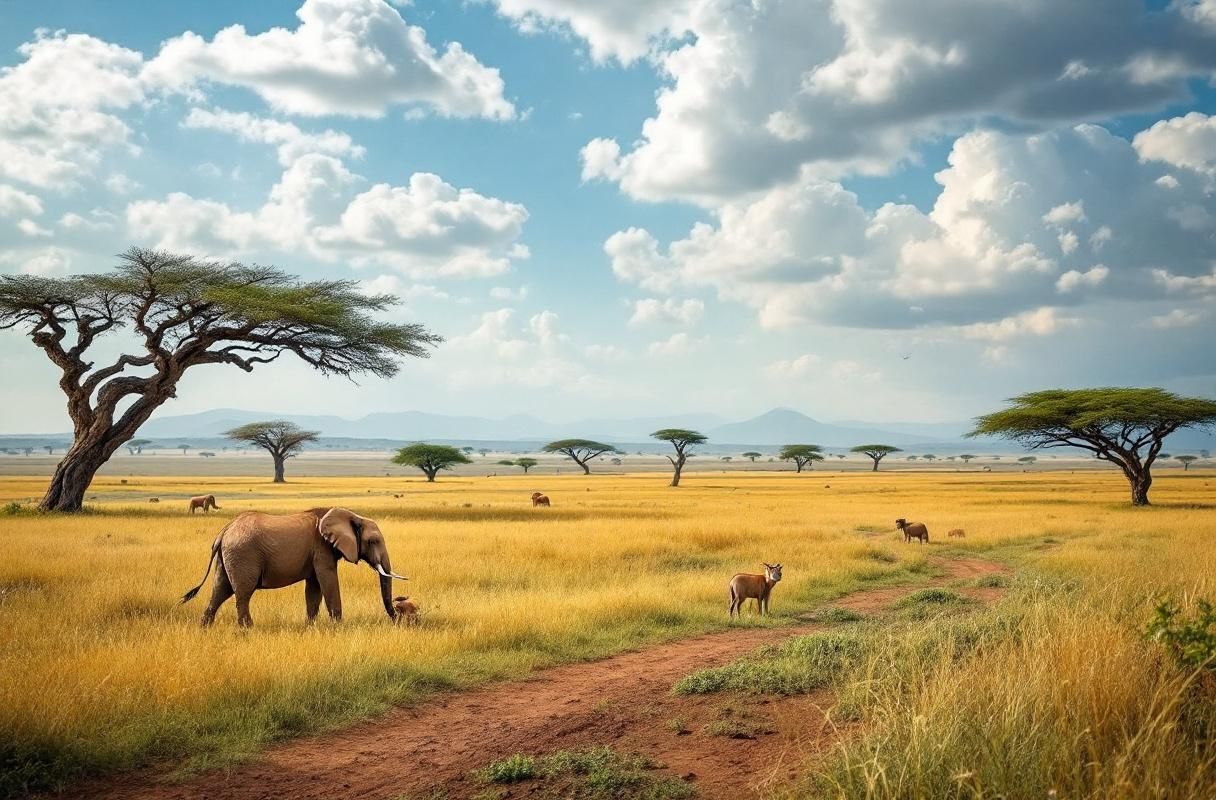
Africa is renowned for its stunning biodiversity, showcasing a wide array of wildlife that captures the imagination of nature lovers worldwide. However, many of these magnificent creatures are facing an alarming threat due to habitat loss, poaching, climate change, and human-wildlife conflict. As we step into 2024, it is crucial to understand the endangered African animals that are on the brink of extinction and the steps we can take to help them. This comprehensive guide will delve into the various species at risk, their ecological significance, and actionable strategies for conservation.
Endangered species are defined by their declining populations and the impending threat of extinction. In Africa, this category includes various mammals, birds, reptiles, and amphibians. The International Union for Conservation of Nature (IUCN) categorizes these species into different levels of risk, with "critically endangered" indicating the highest level of threat. Notably, African animals such as the African elephant, the northern white rhinoceros, and the mountain gorilla are among those listed as critically endangered.

The plight of these species is often exacerbated by misconceptions surrounding their populations. For instance, many people believe that conservation efforts are solely the responsibility of local governments or NGOs. In reality, the involvement of international communities and individual tourists plays a pivotal role in supporting conservation initiatives. Understanding the unique challenges faced by endangered African animals can help foster a more supportive attitude towards their protection.
To illustrate the urgency of this issue, let's explore some of the most endangered African animals in 2024:
The African elephant is the largest land mammal and a keystone species crucial for maintaining the ecological balance of its habitat. However, poaching for ivory and habitat destruction have led to a significant decline in their population. As of 2024, estimates suggest that fewer than four hundred thousand African elephants remain in the wild, a stark contrast to the millions that roamed the continent a century ago.
With only two known individuals left, the northern white rhinoceros stands at the brink of extinction. Poaching and habitat loss have decimated their numbers, and despite extensive conservation efforts, the future of this subspecies is uncertain. Efforts are underway to use advanced reproductive technologies to save the northern white rhino, but time is running out.
Mountain gorillas are another critically endangered species, primarily found in the Virunga Mountains of Central Africa. Their population has seen a slight increase due to conservation efforts; however, they remain vulnerable to poaching, disease, and habitat encroachment. The current estimate puts their population at around one thousand individuals, making every effort to protect them essential.
One of the most effective ways individuals can contribute to the conservation of endangered African animals is by supporting reputable conservation organizations. Many of these organizations work tirelessly on the ground to protect habitats, combat poaching, and educate local communities about the importance of wildlife preservation. Some well-known organizations include:

Donating to these organizations or participating in fundraising events can significantly impact their ability to carry out critical conservation work.
Participating in responsible tourism, particularly through safari tours, offers a unique opportunity to support conservation while experiencing Africa's wildlife firsthand. When choosing a safari operator, it is vital to consider those who prioritize ethical practices. Look for companies that contribute to local communities, engage in wildlife conservation, and adhere to sustainable tourism guidelines.
By choosing eco-friendly safari tours, travelers can contribute to local economies, provide jobs, and fund conservation initiatives. Many operators offer educational experiences that raise awareness about endangered species and the need for their protection.
When planning a safari, consider the following criteria to ensure your choice supports conservation:
Advocacy is an essential tool in the fight against wildlife extinction. By raising awareness about endangered African animals, individuals can inspire others to take action. Here are some ways to become an advocate:
One common misconception is that extinction is a natural process and that species come and go over time. While extinction is indeed a natural phenomenon, the current rate of extinction is unprecedented and largely driven by human activity. It is essential to recognize that the loss of biodiversity has far-reaching consequences on ecosystems and human survival.

Many individuals believe that only wildlife experts or conservationists can contribute to the protection of endangered species. In reality, everyone can make a difference. Whether through advocacy, responsible tourism, or simple lifestyle changes, every action counts. Educating oneself and others about the issues facing endangered African animals can create a ripple effect that promotes collective action.
As we navigate through 2024, the plight of endangered African animals remains a pressing concern that requires immediate attention and action. By understanding the key species at risk, supporting conservation efforts, engaging in responsible tourism, and advocating for change, individuals can contribute to the preservation of Africa's rich biodiversity. The future of these magnificent creatures depends on our collective commitment to protect them.
To take the next step in supporting these efforts, consider planning an ethical safari tour or making a donation to a conservation organization. Together, we can ensure that future generations will continue to marvel at the incredible African animals that grace our planet.
Get free resources, early access to new features and updates.
No spam. Just fun educational emails!